What can we do with an egg? Great omelet for one! But did you know that this frail-looking egg is actually very durable? We will show you how to explore its properties and make a fun toy out of it in this cool egg in the vinegar experiment!
Article Contents
1. Anatomy of an Egg2. The science behind the naked egg experiment
3. Materials needed for naked egg experiment
4. Instructions for bouncy glowing egg
5. What will you develop and learn
If you are looking for some fun and easy kitchen science experiment, the naked egg experiment is the right one for you. It has a great teaching power and your children will learn a lot about how cells in all living organisms work. All we need is some common kitchen supplies and we will be able to look inside of an egg, see what hides behind that thick shell and play some fun games afterward.
Anatomy of an Egg
The main parts of an egg are a shell, membrane, albumen (egg white) and yolk.
Eggshell is made primarily out of calcium carbonate crystals (95-97%) which are connected by a protein matrix. That protein matrix gives strength to a shell, without them shell could break apart. Eggshell is protecting an egg from mechanical damage but also bacteria and dust.
The membrane is made out of proteins and it protects the inner part of an egg from bacterial infections. There are actually two membranes: outer and inner and they are surprisingly strong.
Albumen or egg white consists of 40 different proteins in addition to water (90%). Its main purpose is to provide additional nutrition to the embryo as well as protecting it.
The yolk is the main source of nutrition for an embryo. It consists of proteins, vitamins, minerals, fat and some water.
The science behind the naked egg experiment
If we soak an egg in vinegar, we will start an acid-base reaction. The acetic acid from vinegar reacts with calcium carbonate (base) from an eggshell. Products of that reaction are calcium acetate, water, and carbon dioxide.
You can notice bubbles forming on the eggshell surface, that’s the sign of newly created carbon dioxide. After some time, the shell is completely dissolved and all that keeps an egg together are its membranes.
After the hard, outer shell is dissolved, the egg becomes translucent (hence, the name “naked egg”) and when we put an egg on the source of light, it looks like it’s glowing and we can see the yolk inside. All that is keeping the egg together is a thin membrane called a semipermeable membrane.
This is important for the next side effect of putting the egg in vinegar. You will notice how an egg becomes a little bigger. That is because of some of the water in the vinegar solution (even the strongest household vinegar is made from more than 80% of water) traveled trough the egg semipermeable membrane to equalize the concentration of water inside and outside of the egg. The process of water traveling through a semipermeable membrane is called osmosis and is characteristic of all living beings.
On the other hand, if we put our naked egg into corn syrup, the egg will shrink. That is because corn syrup has a lower concentration of water and water would move from inside of an egg to equalize the water concentration.
If you are interested in watching how we did it, check the video for making the bouncy egg at the start of the article. Or if you prefer reading, continue with step by step instructions below.
Materials needed for naked egg experiment
- Egg
- Vinegar
- Glass
- Source of light (flashlight, mobile phone)
Instructions for bouncy glowing egg
- Carefully put an egg into a glass.
- Pour vinegar over it, it should cover an egg completely. Instead of vinegar, we can use cola, rubbing alcohol or orange juice since they are acidic enough. They should produce the same effect. Leave it for at least 24h, depending on vinegar strength (9% takes 24h). If the egg is fresh it will probably rise up, so try to rotate it gently using a spoon.
- After 24h, remove an egg from the solution. Rinse it with water.
Congratulations! You now have a rubbery, transparent egg. This is also commonly called the naked egg. Experiment with it! How high can it bounce? Can it survive 1m fall? We advise you to do your experiments outside! 🙂
If you put your naked egg on the source of light, you will see a cool glowing egg! In addition to that, you can investigate the anatomy of an egg, since you can see parts of an egg very clearly through the transparent membrane.
What will you develop and learn
- Anatomy of an egg
- Chemical reactions
- Creativity
- Scientific method
Don’t forget to experiment! Discover new things you can do with your egg and keep notes on all your findings. That’s the best way to learn! We would like to hear all about your experiments, so share in a comment.
And if you are interested in more similar STEM activities, check out a simple but great orange density experiment. Also, be sure to check how to demonstrate osmosis with gummy bears and learn about pressure with can crush experiment.
If you’re searching for some great STEM Activities for Kids and Child development tips, you’re in the right place! Check the Categories below to find the right activity for you.

STEM Science
Videos, guides and explanations about STEM Science in a step-by-step way with materials you probably already have at your home. Find new Science ideas.
Read more
STEM Technology
Videos, guides and explanations about STEM Technology in a step-by-step way with materials you probably already have at your home. Find new Technology ideas.
Read more
STEM Engineering
Videos, guides and explanations about STEM Engineering in a step-by-step way with materials you probably already have at your home. New Engineering ideas!
Read more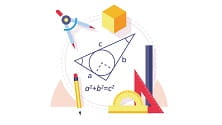
STEM Math
Videos, guides and explanations about STEM Math in a step-by-step way with materials you probably already have at your home. Find new Mathematics ideas.
Read more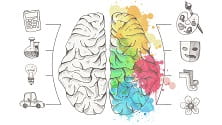
Psychology
Find out all about development psychology topics that you always wanted to know. Here are articles from child psychology and development psychology overall.
Read more
First year of Child’s Life
Following a Child’s development every month from its birth. Personal experiences and tips on how to cope with challenges that you will face in parenting.
Read more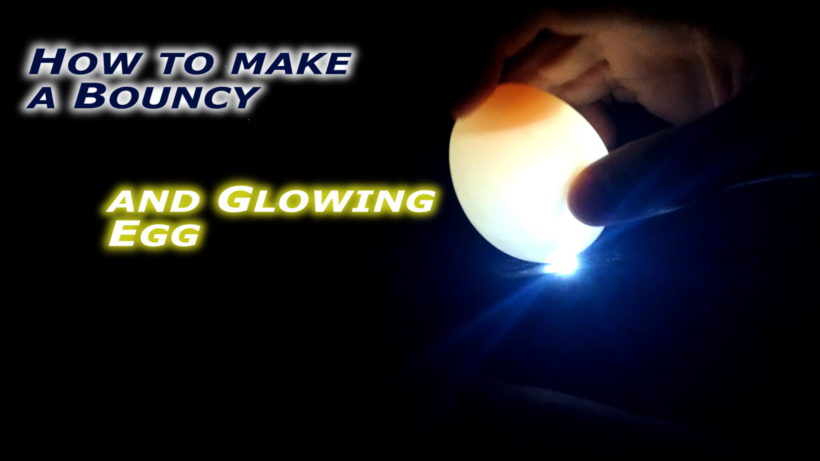
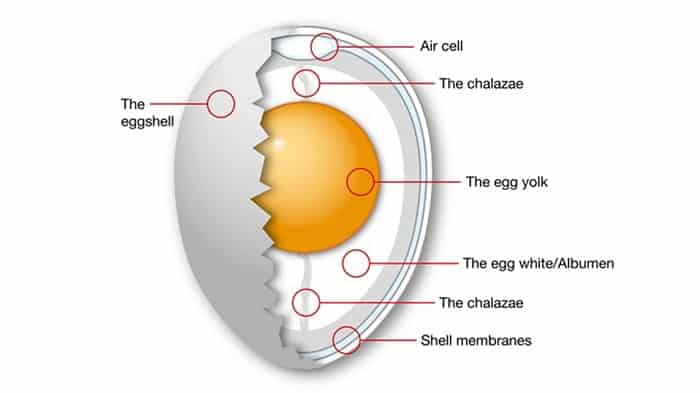
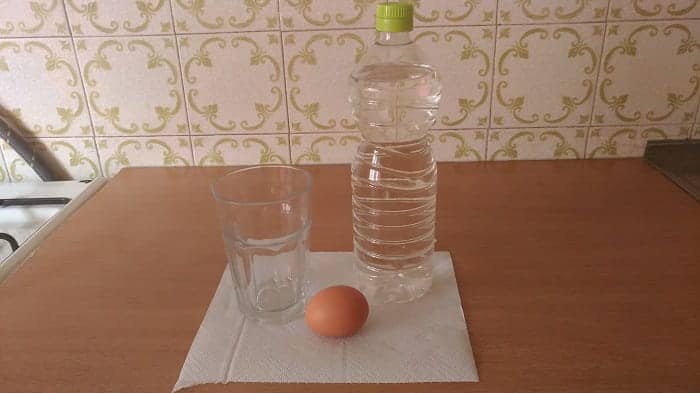
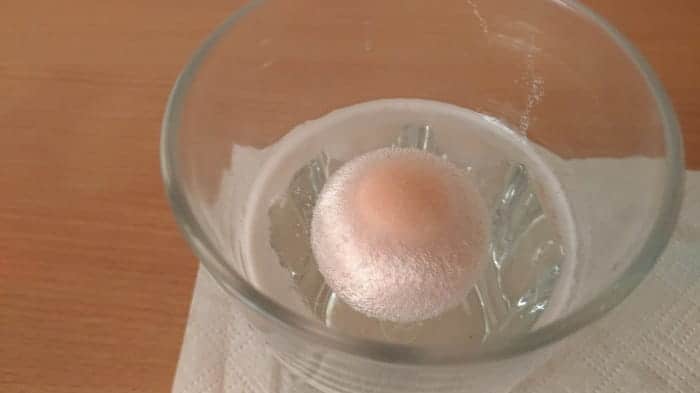
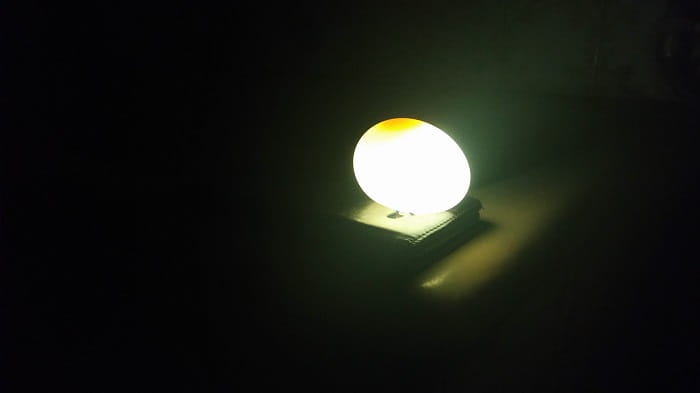
One thought on “How to make bouncy and glowing Egg”